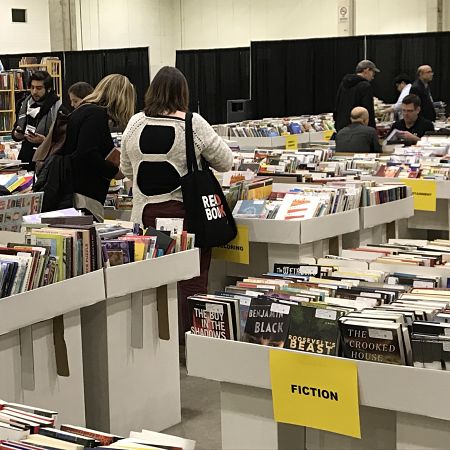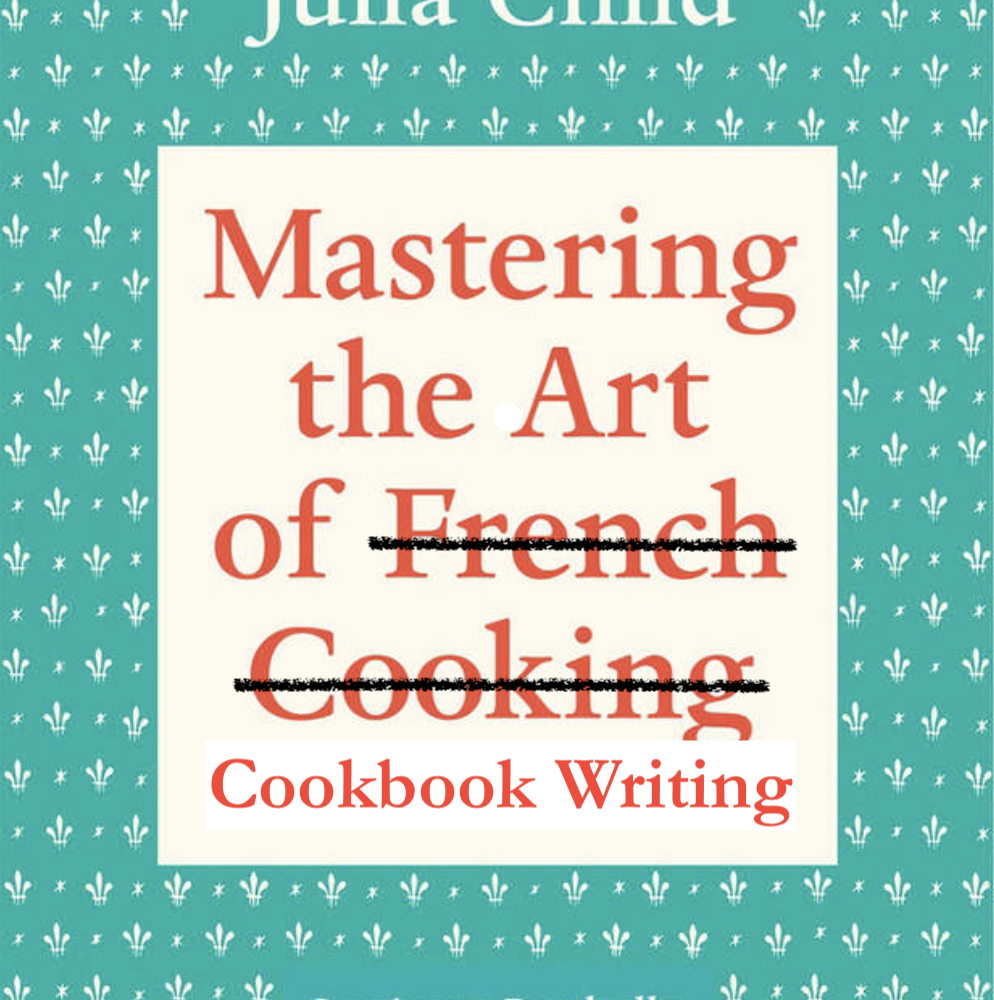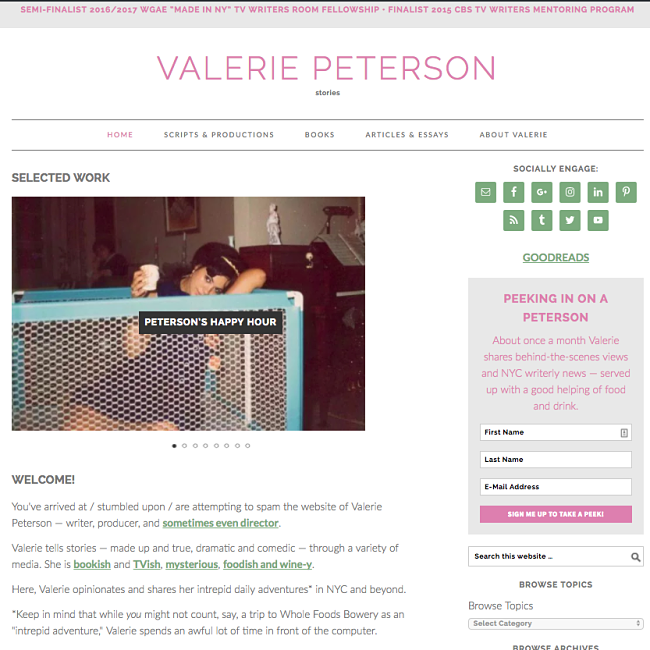A remainder is a book that has been sold by the publisher at a deep discount to clear out inventory due to weak sales or overprinting.
“Remainder” is also a verb that refers to this process, as in: “My first novel was remaindered” or “We’re remaindering most of the hardcover stock before the paperback is published.”
Publishers generally review their lists on a periodic basis and make the decision to eliminate or reduce stock on titles whose sales numbers are low compared to their inventory quantity. Remaindering books cuts down on warehousing and management costs.
Remaindered titles are generally offered for sale at a greatly reduced price to booksellers (like Barnes & Noble or Daedalus Books) who sell them directly to the public. Alternately, the publisher might sell them in bulk to “remainder houses,” who then sort and resell them to various vendors. (Remainder dealers have their own trade show, the Chicago International Remainders and Overstock Book Expo — aka CIROBE).
Remainders generally carry some sort of mark (generally visible on the bottom of the pages when the book is closed), so that booksellers cannot sell it at full price.
In most contracts with traditional book publishers, before remaindering a book the publisher is obligated to contact the author and offer copies of the book for sale to the author at the deeply discounted remainder price.
Though the remainder business is a thriving part of bookselling, once a book is “remaindered,” authors don’t receive royalties on sales of the remaindered, physical books.
In bricks-and-mortar bookstores, remainders are generally sold in the “Bargain” section. It’s not uncommon for books from best-selling authors to be remaindered, due to overprinting.
Remainder trivia: According to the New York Times, just before author Gilbert King heard that he’d won the 2013 Pulitzer Prize for his book, Devil in the Grove (about a Thurgood Marshall case), he’d gotten a notice from his publisher that the book had been remaindered.


